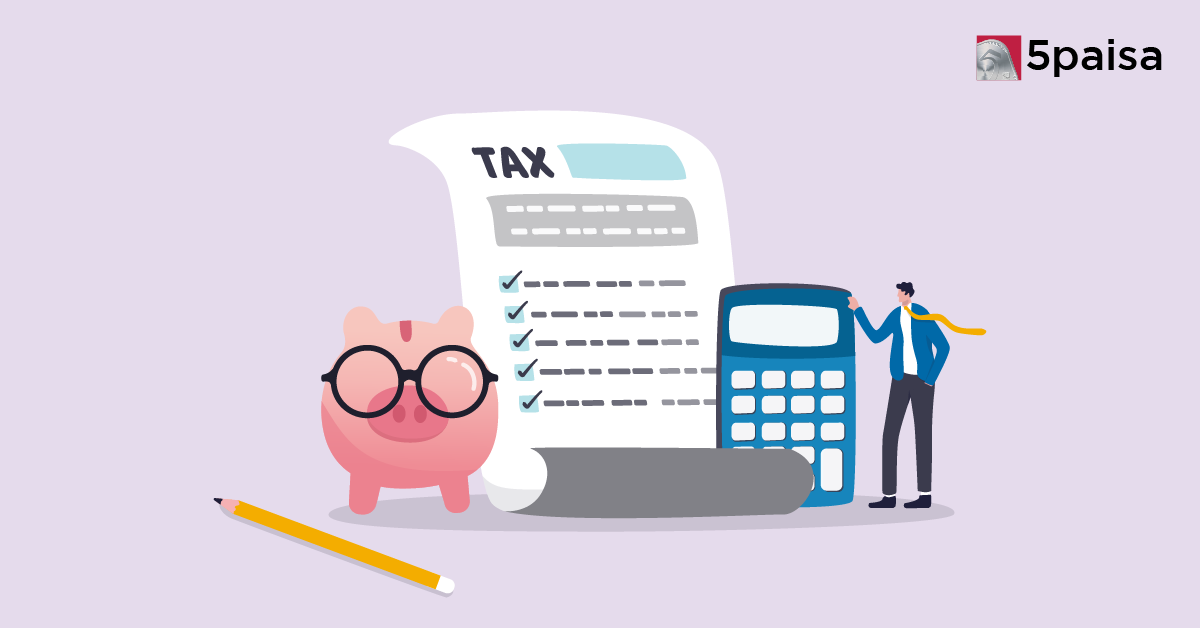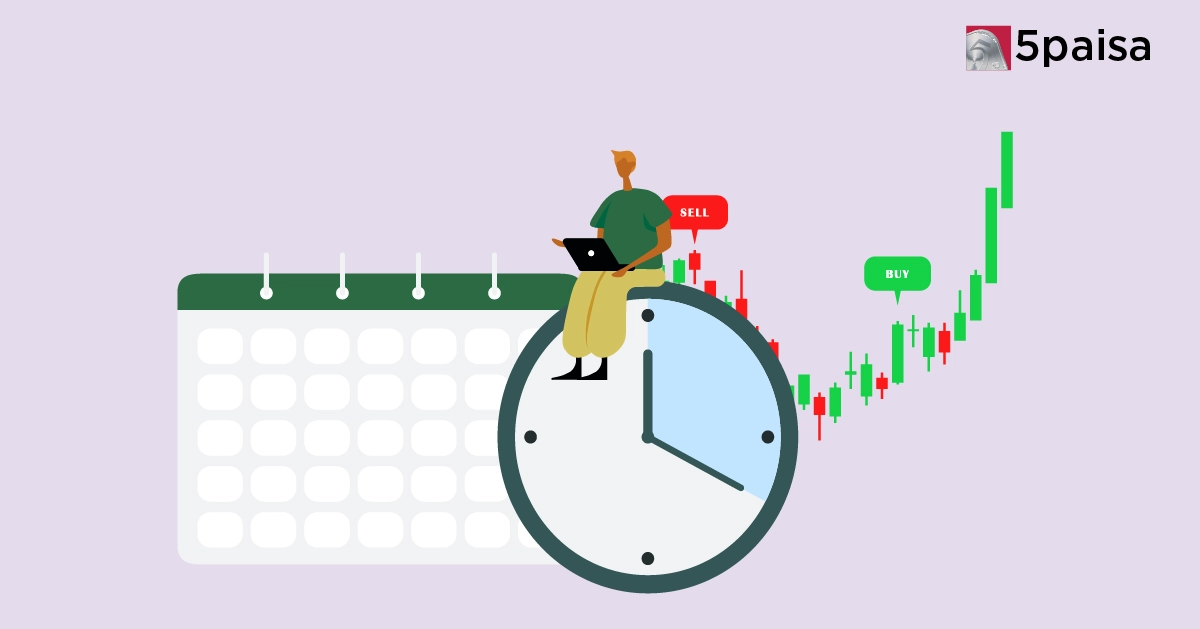How Are Unlisted Companies Valued? Common Approaches and Methods
How To Use Double Indexation To Reduce Your Taxes?

Last Updated: 15th September 2025 - 02:50 pm
Ever heard of paying lower taxes just by timing your investment smartly? That’s the power of double indexation, a lesser-known, highly efficient strategy for those investing in debt mutual funds. In a time when tax-saving options are scrutinized under tighter rules and inflation eats into your real returns, double indexation tax benefits can quietly help you retain more of your gains, legally and effectively.
For investors planning their financial year tax planning, understanding this method could be the difference between losing capital to tax or making the most of your investment cycle. In this blog, we’ll break down what double indexation is, how to use it, when it applies, and why it matters more than ever.
What Is Double Indexation in Tax?
Double indexation refers to the method of claiming the indexation benefit across two financial years on your capital gains, even when your actual holding period is less than two years. It hinges on a simple but effective loophole in capital gains tax calculation with indexation.
Instead of computing gains on the original purchase price, indexation adjusts the cost of acquisition using the Cost Inflation Index (CII) published annually by the Income Tax Department. With double indexation, you can leverage two separate CII values, one from the year of purchase and another from the year of sale, despite holding the investment for as little as 13–14 months.
How Does Double Indexation Reduce Capital Gains Tax?
Capital gains on debt mutual funds are taxed at 20% with indexation if held for over three years under older rules.
However, recent changes have narrowed eligibility to a few categories (like gilt funds, gold funds, and some international mutual funds), and the minimum holding period rule has evolved.
But for funds where indexation in capital gains tax is still allowed, here’s how double indexation works in your favour:
- Higher Indexed Cost: Two years of inflation adjustment increases the purchase price on paper.
- Lower Taxable Gain: A higher indexed cost means your net capital gain drops.
- Less Tax Liability: Since the gain is lower, the 20% tax applies to a smaller amount.
When done right, double indexation benefits can reduce your tax payment amount significantly, sometimes down to negligible levels.
When Is Double Indexation Allowed?
You must meet two conditions:
- The fund type must be eligible for indexation under current tax rules. In 2025, most traditional debt mutual funds no longer qualify post Budget 2023 changes, but gold funds, international debt funds, and target maturity funds may still allow indexation.
- Your holding must straddle two financial years. For example:
Buy in March 2025
Sell in April 2026
= Just 13 months → Eligible for two indexation years
This strategy remains particularly useful for NRIs and those investing in capital-gains-linked bonds or gilt funds indexation categories.
How to Use Double Indexation in India: A Step-by-Step Guide
Time Your Investment:
Invest before 31st March (i.e. financial year-end). This lets you claim that year’s CII as your cost inflation base.
Hold Through the Next FY:
Sell the investment after April 1st of the following year. This triggers a second Cost Inflation Index for your selling year.
Use an Indexation Calculator India Tool:
To estimate your tax savings. These calculators consider inflation-adjusted purchase price, selling price, and tax brackets.
Select the Right Mutual Fund Type:
Double indexation does not apply to equity mutual funds or most new debt funds post-tax reforms. Confirm eligibility before applying this strategy.
Tax Reduction Indexation Strategy: Who Should Consider It?
Double indexation is ideal for:
- High-income investors facing 30% slab
- NRIs using mutual funds for capital appreciation
- Short-term planners aiming to reduce tax with <2-year horizon
- Investors in gold and international funds where indexation is still legal
Before executing the strategy, check:
- The indexation rules for NRIs
- Fund’s eligibility under indexation slabs and benefits
- Clarity on mutual fund holding period for indexation
- Flat ₹20 Brokerage
- Next-gen Trading
- Advanced Charting
- Actionable Ideas
Trending on 5paisa
Indian Stock Market Related Articles
Disclaimer: Investment in securities market are subject to market risks, read all the related documents carefully before investing. For detailed disclaimer please Click here.

 5paisa Capital Ltd
5paisa Capital Ltd
 5paisa Capital Ltd
5paisa Capital Ltd



